London – Portraits of the effects of climate change are no longer just photographs of glaciers collapsing at the poles and bears trapped in blocks of ice, far from the reality of the majority of the population.
Throughout the year 2022, photographers documented how global warming is increasingly affecting the lives of ordinary people, causing material and human losses – such as those recorded in the cold wave that swept the United States – as well as crop failure and forced migration.
The Getty Images visual trends platform noted that, as Getty News Vice President Pancho Bernasconi pointed out, fires, droughts and floods are the issues that will impact 2022 the most, including in Brazil.
“Another noteworthy issue is that the most sought-after images and videos, especially in Brazil, include people.
Bernasconi reflects on the role of journalistic photography in the context of climate change:
“We are photojournalists, not scientists, so our mission is to show how climate change is affecting the entire spectrum of people’s interactions with the environment.
It is important that we portray large-scale climate change, but equally important is to focus on its impact on each individual.
Check out a selection of photos produced by Getty Images photographers who speak more than just what is written in less promising deals to curb the emissions that currently threaten the future of the planet and its inhabitants. IT.
Muree, Pakistan, January 8
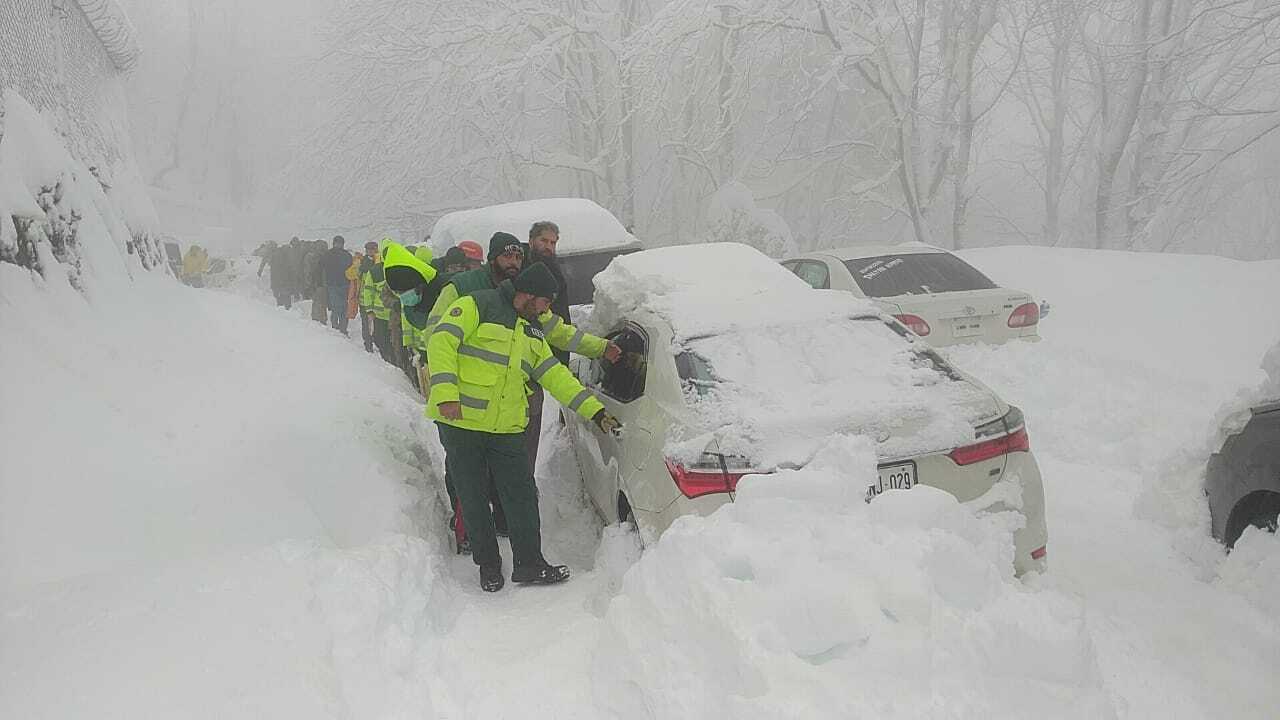
Army and civilian teams work to rescue tourists stranded in Murree, Pakistan after a heavy snowstorm. More than 20 tourists lost their lives as a result of their vehicles being stranded due to heavy snowfall at the hill station near the capital Islamabad. (Photo: Stringer/Anadolu Agency, via Getty Images)
Honorio Bicalho (MG), January 12
Elias Aurelio reacts after cleaning the car flooded by the Rio das Velhas overflow on January 12, 2022, in Honório Bicalho, Minas Gerais.
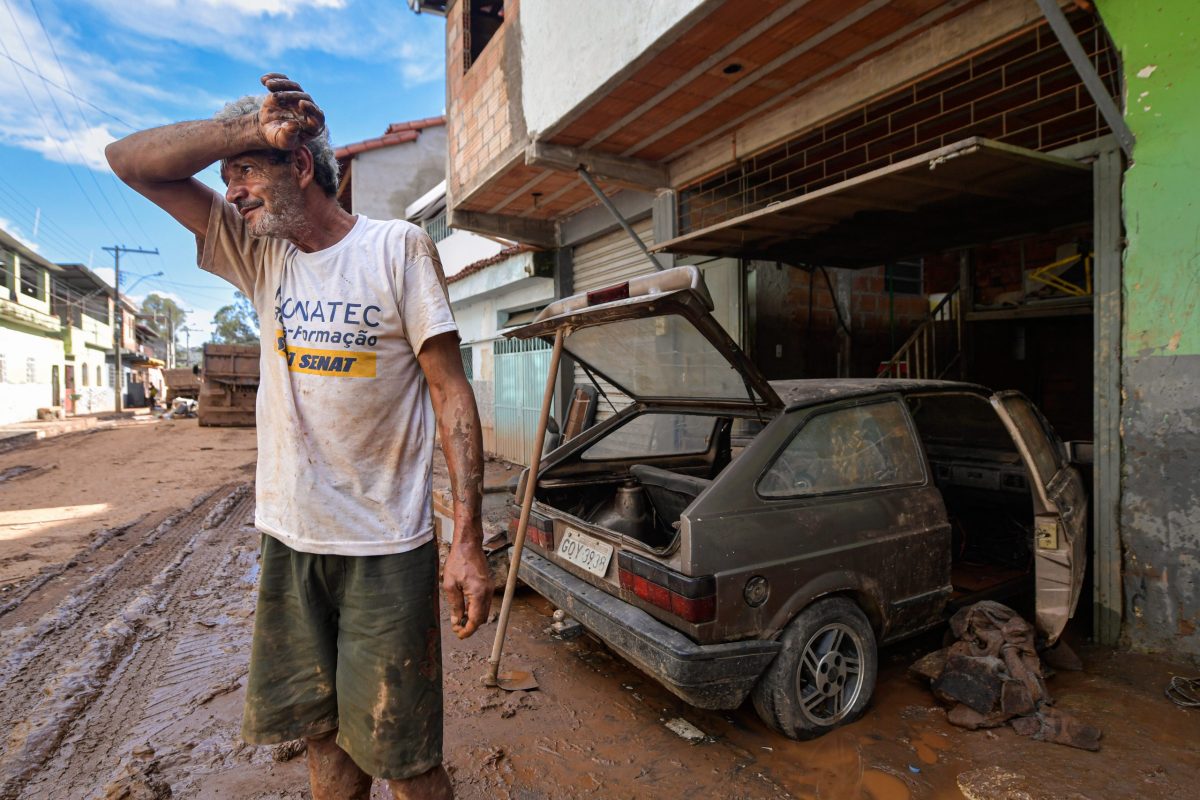
Heavy rains in the region caused landslides and floods.
According to authorities, 10 people died within two days, and the number of people affected was over 17,000 at the time of the recording by the photographer. Rains in Minas Gerais in January 2022 left almost half of the municipalities in an emergency.
Dungay, Australia, 2 March
John Lawrence and Payton Campbell (behind her husband) are walking along a flooded road near their home in Dungay with their children, Harlow and Aria.
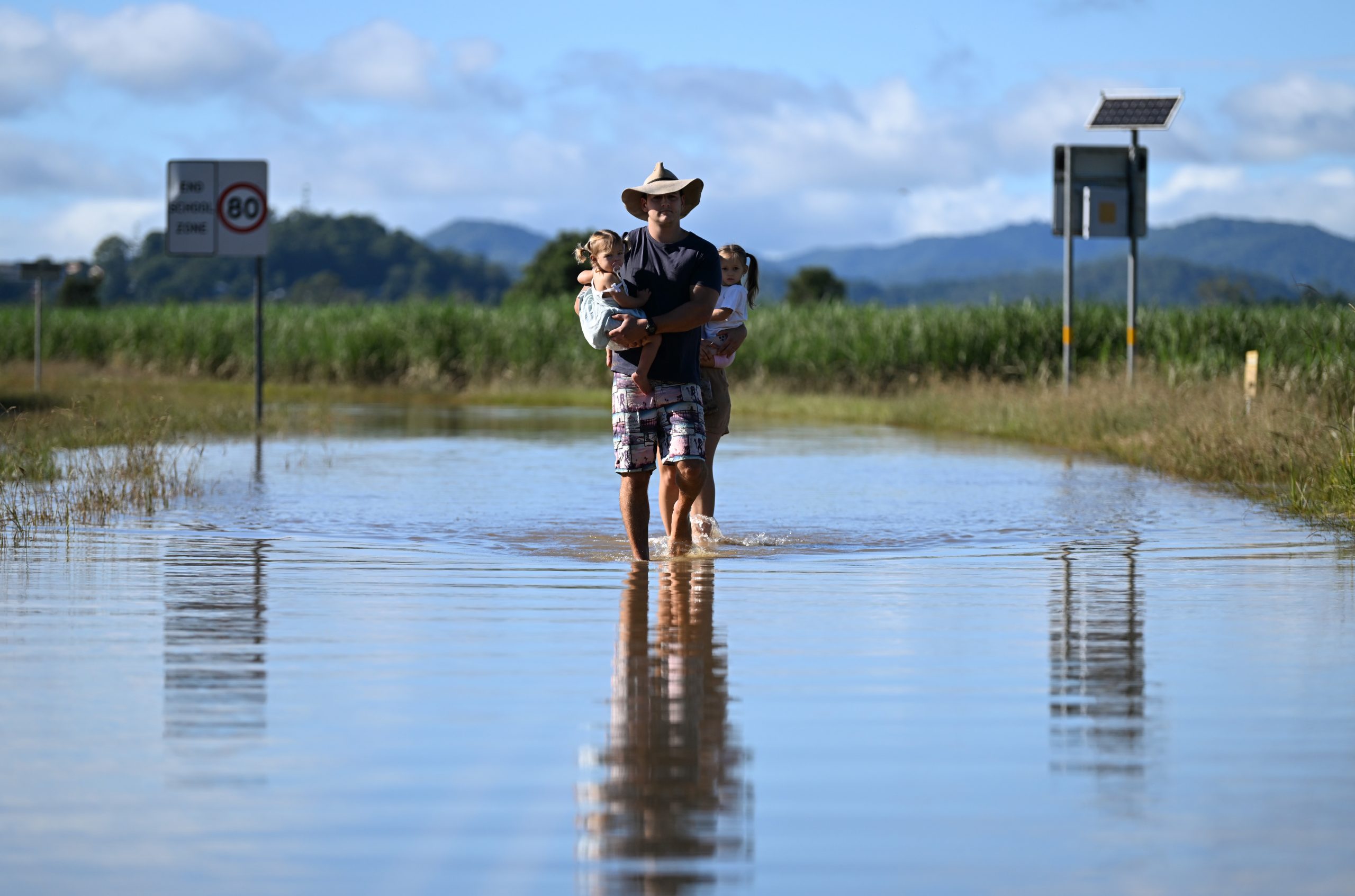
Many cities in the region were evacuated after unprecedented storms and Australia’s worst flooding in a decade.
Mirzapur, India, May 20
People fill their buckets from a municipally supplied tanker in the village of Lahuriya, 65 km from Mirzapur, Uttar Pradesh, India.
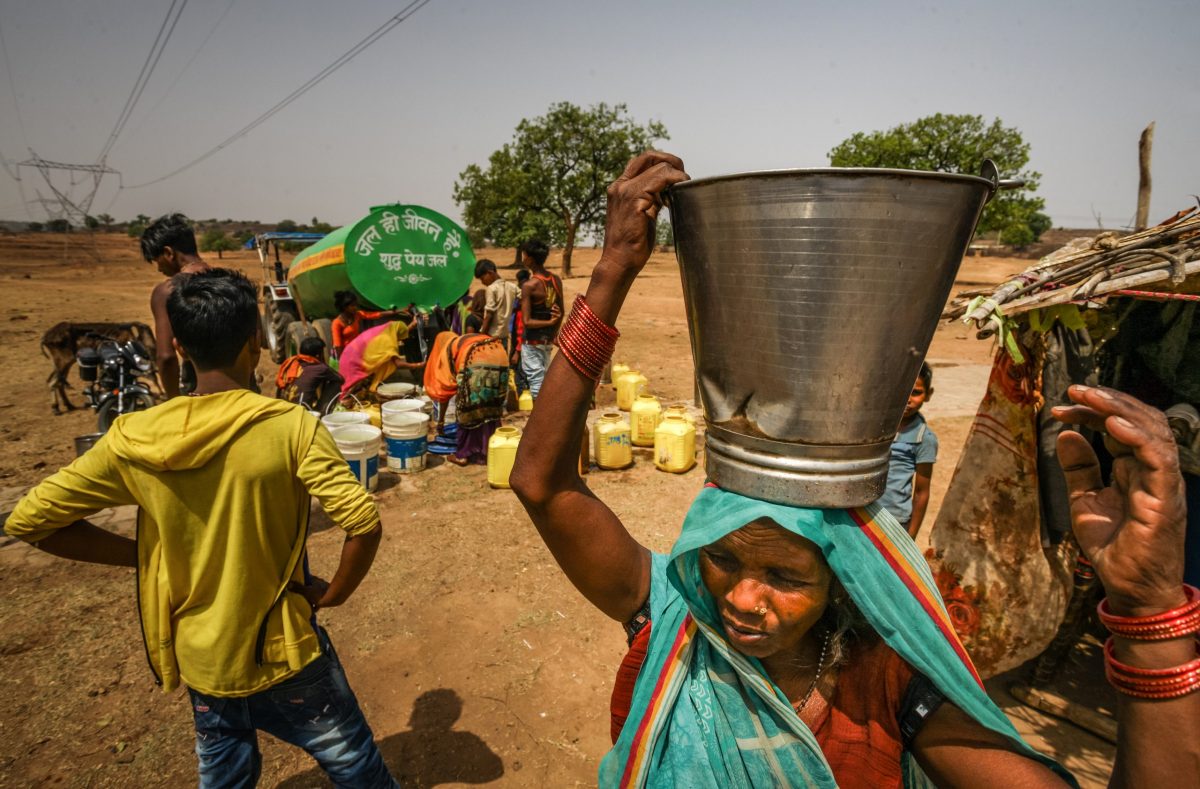
A severe heatwave has caused drought-like conditions across large areas of India’s agricultural center from north to south, as rains, which usually precede the country’s prolonged monsoon season, fail to occur in many areas.
India is particularly vulnerable to drought as its agricultural sector depends largely on uninterrupted and timely natural weather cycles for its survival.
About 150 villages in the Mirzapur district faced an extreme water crisis. Most of the water is supplied by water trucks and there is a daily quota of 15 liters per person. Many residents suffer from diseases such as diarrhea and drink water from unhygienic sources.
Jurupa Valleu, California (USA), 17 June

Sylhet, Bangladesh, 24 June
A soldier distributes aid to people stranded in heavy rains. In May and June, the northeastern region of Bangladesh, especially the Sylhet, Sunamganj and Netrokona regions, was severely affected by flooding.
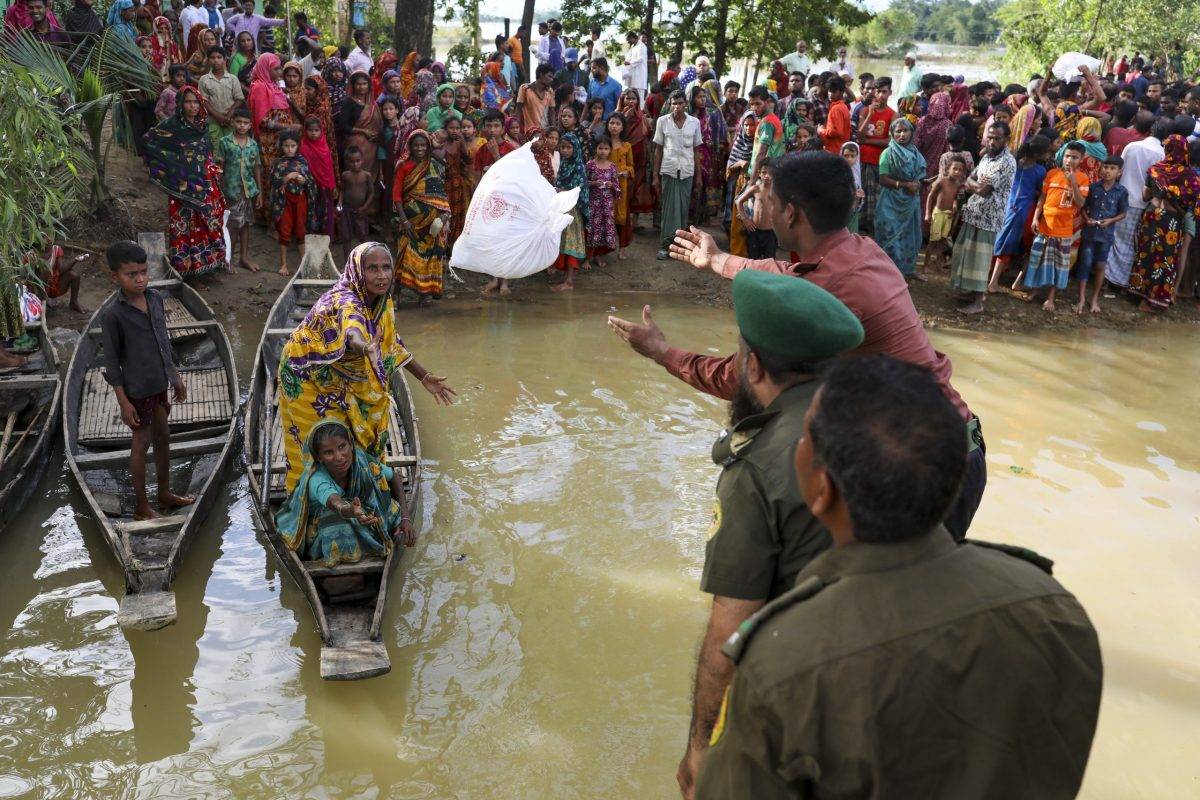
Albergaria Velha, Portugal, 13 July
A resident in Albergaria a Velha, Portugal, on July 13, 2022, seeing the forests around his house burning, is trying to extinguish the fire with a tree branch.
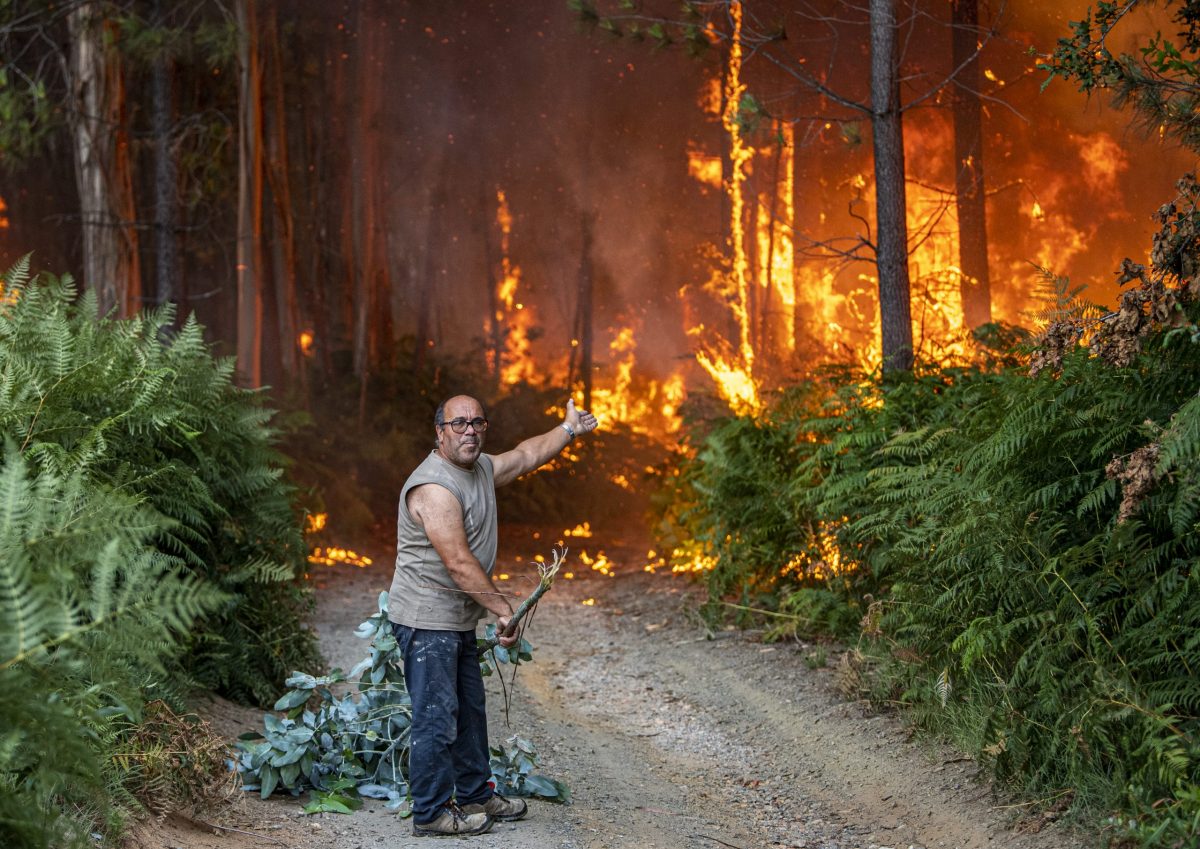
Scientists say wildfires like the one pictured here are becoming more devastating as a result of climate change. In Portugal, they swept the central part of the country due to temperatures exceeding 40 degrees Celsius.
Leeds, England, 19 July
The landscape looks happy, but for those who live in places that are cold most of the year, it reflects a new reality: heatwaves, where homes and even public transport are not ready.

In the picture, Leeds residents enter the paddling pool to cool off outside. On that day, temperatures in parts of England exceeded 40°C after the country issued its first red alert for extreme heat. Record temperatures have been reached across the UK this year.
Mariposa, California (USA), 23 July
Firefighters try to extinguish a burning oak tree outside Yosemite National Park.
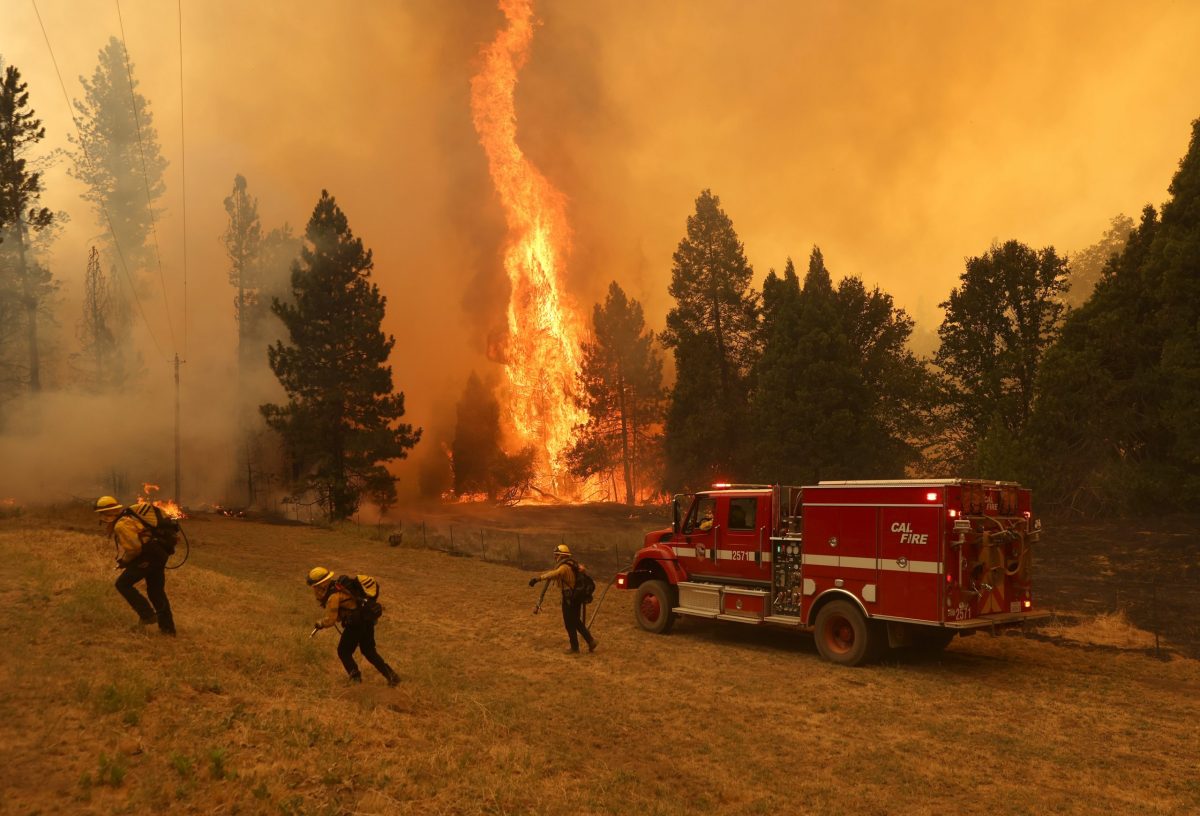
The fire forced people out of their homes, charred more than 11,500 acres of forest and destroyed several homes.
La Poterie, France, 11 August
In the morning fog, workers pick Sauvignon Blanc grapes in what’s left of the vineyard at Ad Vium, a winery that lost several hectares of vine in last month’s wildfires.
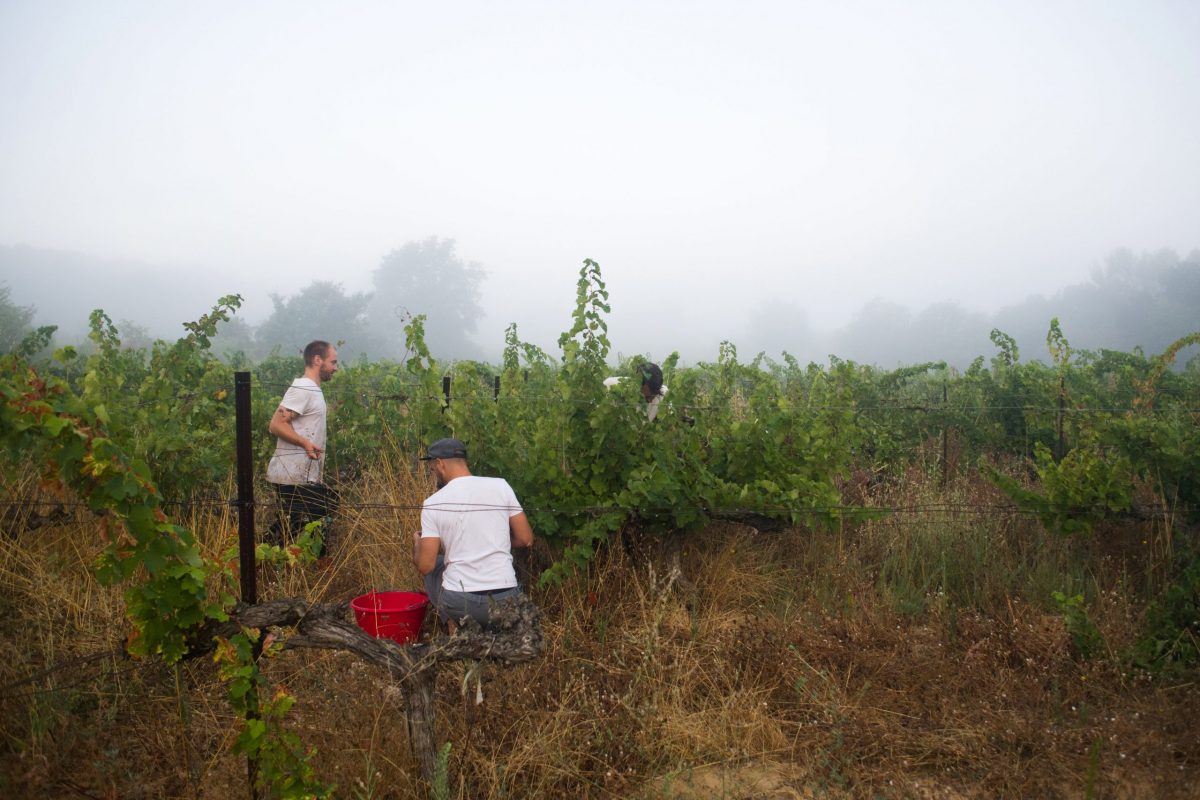
France experienced the driest July in its history, and temperatures have risen again in Europe thanks to a new heatwave spreading across the continent.
Tando Jam, Pakistan, 26 August
People are leaving their homes towards a safer place due to flooding in Tando Jam town of Sindh.

Forced migration is one of the most touching effects of climate change, causing people to leave their places permanently and lose their identity.
Fort Myers, Florida (USA), September 29
Hurricanes are nothing new to the Caribbean region and the southern United States, but they are increasing in intensity and frequency as a result of climate change.
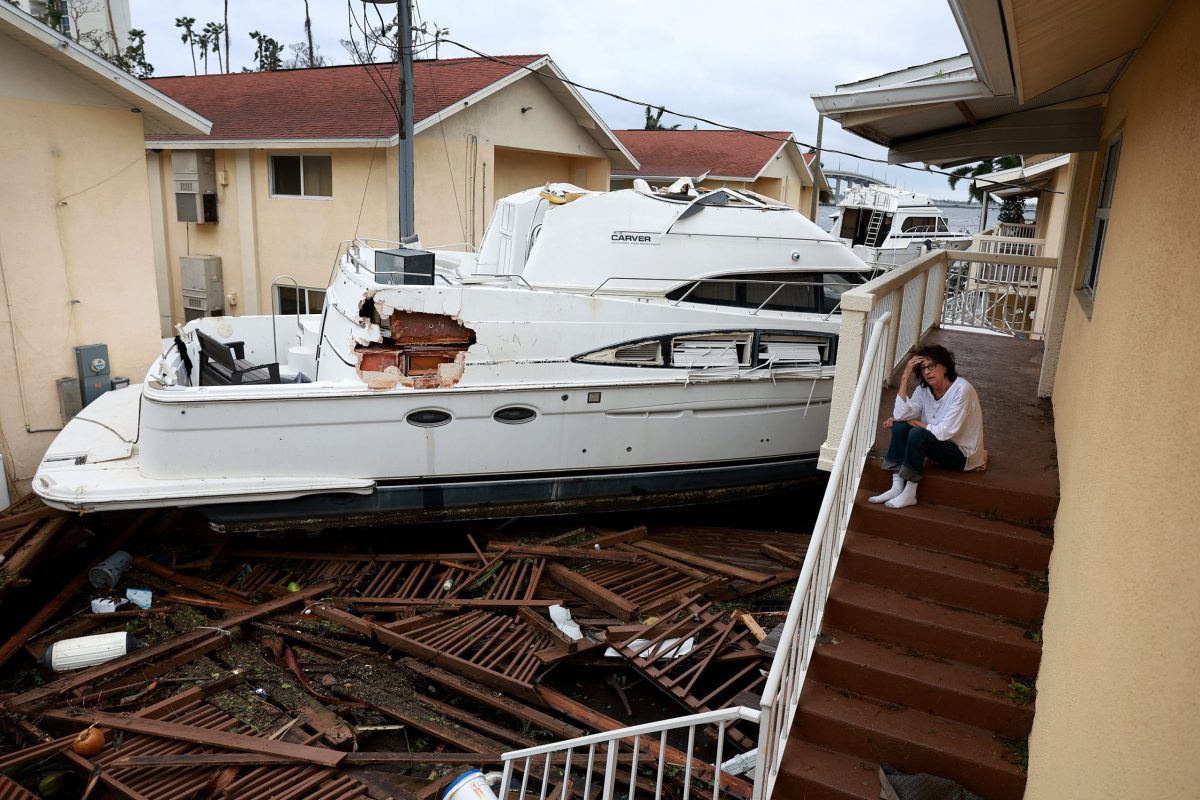
Brenda Brennan sits next to a boat that ‘runs aground’ in her apartment as Hurricane Ian swept through the area, which brought strong winds, storm surges and rain that caused severe damage and more than 100 deaths.
Matlacha, Florida (USA), October 1
A man walks down a cracked road on Pine Island Road after Hurricane Ian in Matlacha, Florida on October 1, 2022. This was one of the strongest storms to hit the country.
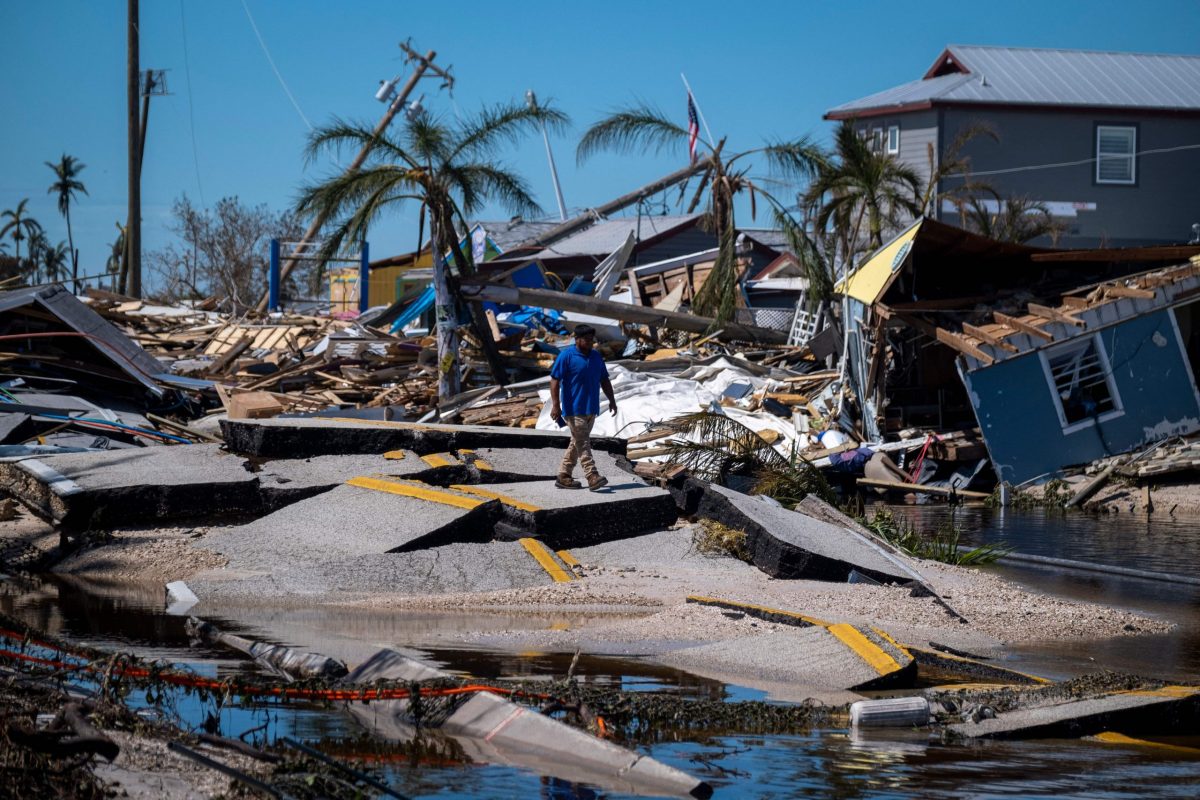
Helena, Arkansas (USA), October 19
People walk on a tide-exposed beach on the Mississippi River. Lack of rain in the Ohio River valley and along the Upper Mississippi has caused the river south of the Ohio River confluence to drop to record levels.
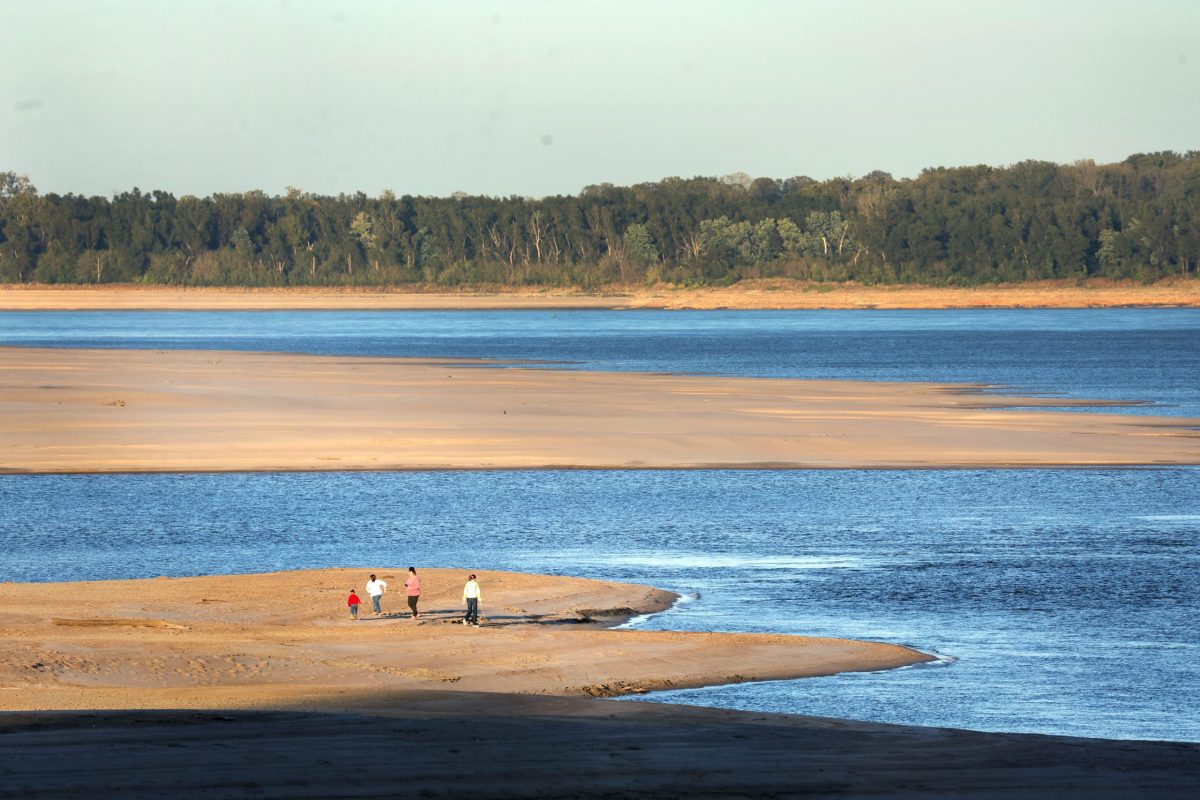
The phenomenon hampered ferry traffic, raised shipping prices, and threatened crop exports and fertilizer shipments, as well as soybean and corn harvests.
Jaen, Spain, 24 November
A worker shakes the olive tree during the harvest. Producers in Spain’s Andalusia region, the world’s largest olive oil producing region, are expected to see half their yields this year due to extreme heat waves and the ensuing drought.
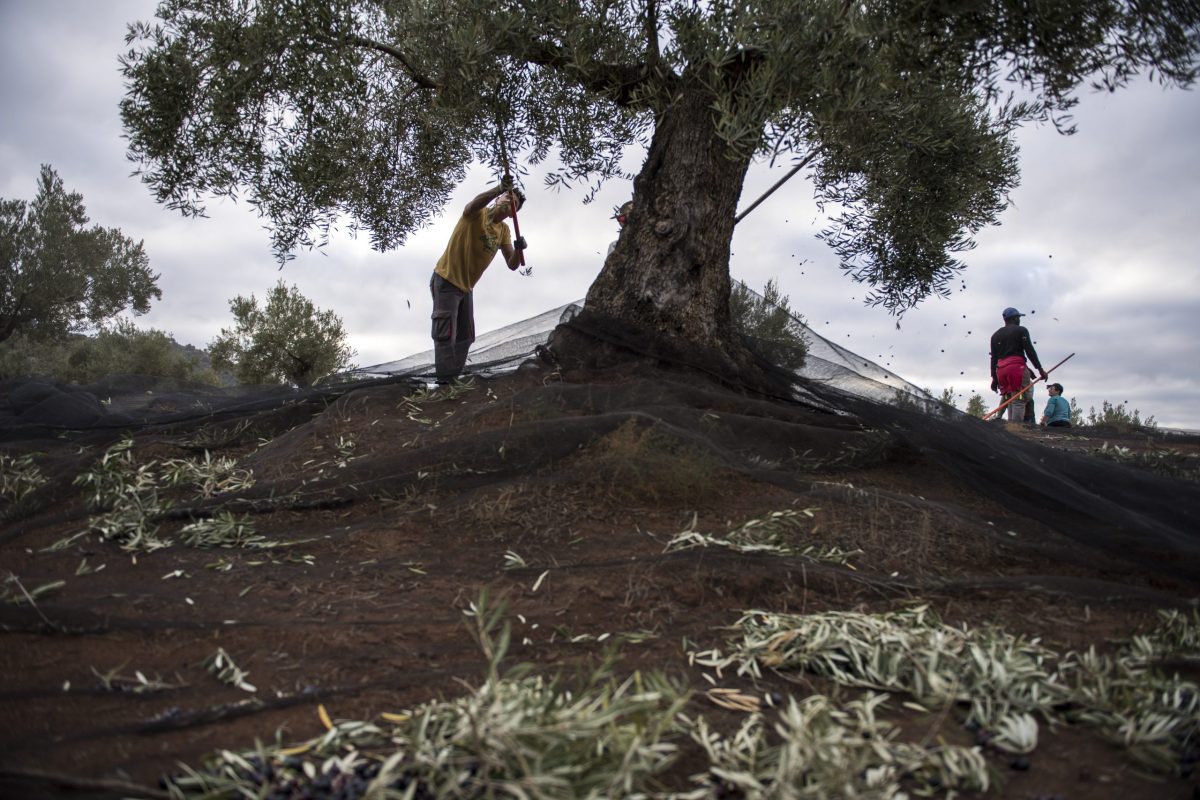
Photos showing the effects of climate change are provided by Getty Images and may not be reproduced without permission.
source: Noticias
Mark Jones is a world traveler and journalist for News Rebeat. With a curious mind and a love of adventure, Mark brings a unique perspective to the latest global events and provides in-depth and thought-provoking coverage of the world at large.



